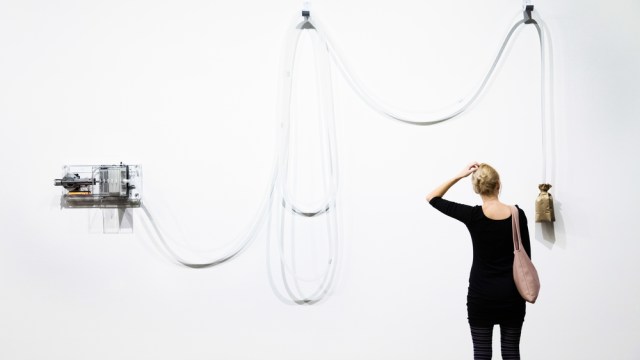Protecting Your Brain Waves From Hackers. Seriously.

What’s the Latest?
At the 2014 Neuroimaging conference held this year in San Francisco, industry professionals exhibited the promises and risks of being able to track, download, and manipulate brain waves. Technology is progressing to the point where individual brain signals can be detected from afar, meaning that your brain could soon be your new fingerprint. The difference is that taking someone’s fingerprints typically requires their consent–not so with brainwaves. The technology used to link a person to their particular brainwaves is already 80-100 percent accurate, say experts.
What’s the Big Idea?
Biometric engineers are hard at work designing brainwave encryption and jamming technology. One system, called open PDS, “marries two technologies: a smartphone app that reads EEG data and a generic data storage system that only releases the answers to specific queries ‘asked’ by programs and services—not the raw data itself.” Arek Stopczynski, a neuroinformatics researcher at MIT, argues that individuals should use protective technologies to claim ownership over the content and the form of their brainwaves, and that only one unique copy should ever be kept at time–and always in possession of the owner.
Read more at Motherboard




